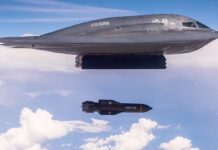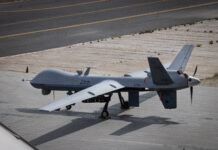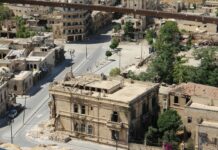In a much-signalled operation, forces from US Central Command (CENTCOM) attacked dozens of targets in Iraq and Syria associated with Iran-affiliated militia groups on 2 February 2024.
The strikes were in response to a 28 January drone attack on a US military outpost in Jordan, known as Tower 22, that killed three US Army troops and injured more than 30 others. Although there have been numerous attacks on US forces in the region in recent months, this was the first to produce US fatalities in the Middle East since the 7 October 2023 Hamas raid on Israel, the consequent war in Gaza and the subsequent attacks on shipping in the Red Sea by the Iran-affiliated Houth militia in Yemen.
“US Central Command forces conducted airstrikes in Iraq and Syria against Iran’s Islamic Revolutionary Guards Corps (IRGC) Quds Force and affiliated militia groups,” CENTCOM stated on 2 February. “US military forces struck more than 85 targets with numerous aircraft [including] long-range bombers flown from United States. The airstrikes employed more than 125 precision munitions. The facilities that were struck included command-and-control operations centers, intelligence centers, rockets, missiles, unmanned aerial vehicle storage, and logistics and munition supply chain facilities of militia groups and their IRGC sponsors who facilitated attacks against US and Coalition forces.”
The CENTCOM commander, General Michael Erik Kurilla, added in a 2 February statement, “Iran’s Islamic Revolutionary Guards Corps (IRGC) Quds Force and Iranian-affiliated militia groups continue to represent a direct threat to the stability of Iraq, the region, and the safety of Americans. We will continue to take action, do whatever is necessary to protect our people, and hold those responsible who threaten their safety.”
Although Tehran denied any involvement in the Jordan attack on 29 January, the Islamic Resistance in Iraq, an umbrella group of a number of Iran-backed militias in the country, stated on 28 January that it had attacked a number of targets along the Jordan-Syria border, including a camp at Al-Rukban that is close to Tower 22.
Following the US airstrikes in Iraq and Syria on 2 February, US President Joe Biden said in a written statement, “Our response began today. It will continue at times and places of our choosing. The United States does not seek conflict in the Middle East or anywhere else in the world. But let all those who might seek to do us harm know this: If you harm an American, we will respond.”
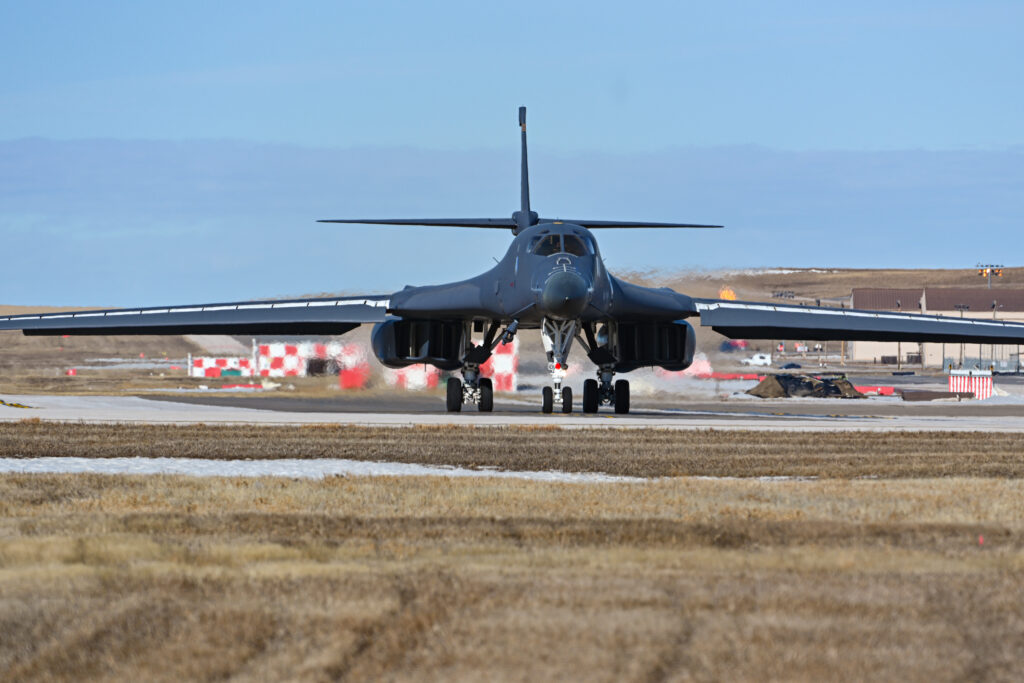
However, the fact that the Biden Administration clearly telegraphed that a US military response to the deaths of its service personnel was on the way suggests a finely calibrated approach, which would have allowed Iranian advisors to vacate likely attack sites.
Yet Iran is testing the limits of US restraint, given the numerous proxy forces it is now manipulating, from militias in Iraq and Syria to Hezbollah in Lebanon, the Houthis in Yemen and even Hamas in Gaza (who are Sunni rather than Shia Muslims).
To suggest that Iran knows precisely what it is doing would almost certainly afford Tehran more credit that it is due. Writing in The Times on 3 February, Michael Clarke, visiting professor in defence studies at King’s College London and distinguished fellow at the Royal United Services Institute, remarked that Iran’s theocratic dictatorship “is ever more ruthless and internally isolated. It increasingly resembles a government working for its security forces rather than the reverse.”
Certainly, if Iran’s ultimate strategy is to reduce US influence and military presence in the Gulf region – which without conflict there would happen naturally, given the Pentagon’s preferred pivot to the Asia-Pacific – then Tehran’s proxies are currently having the opposite effect.




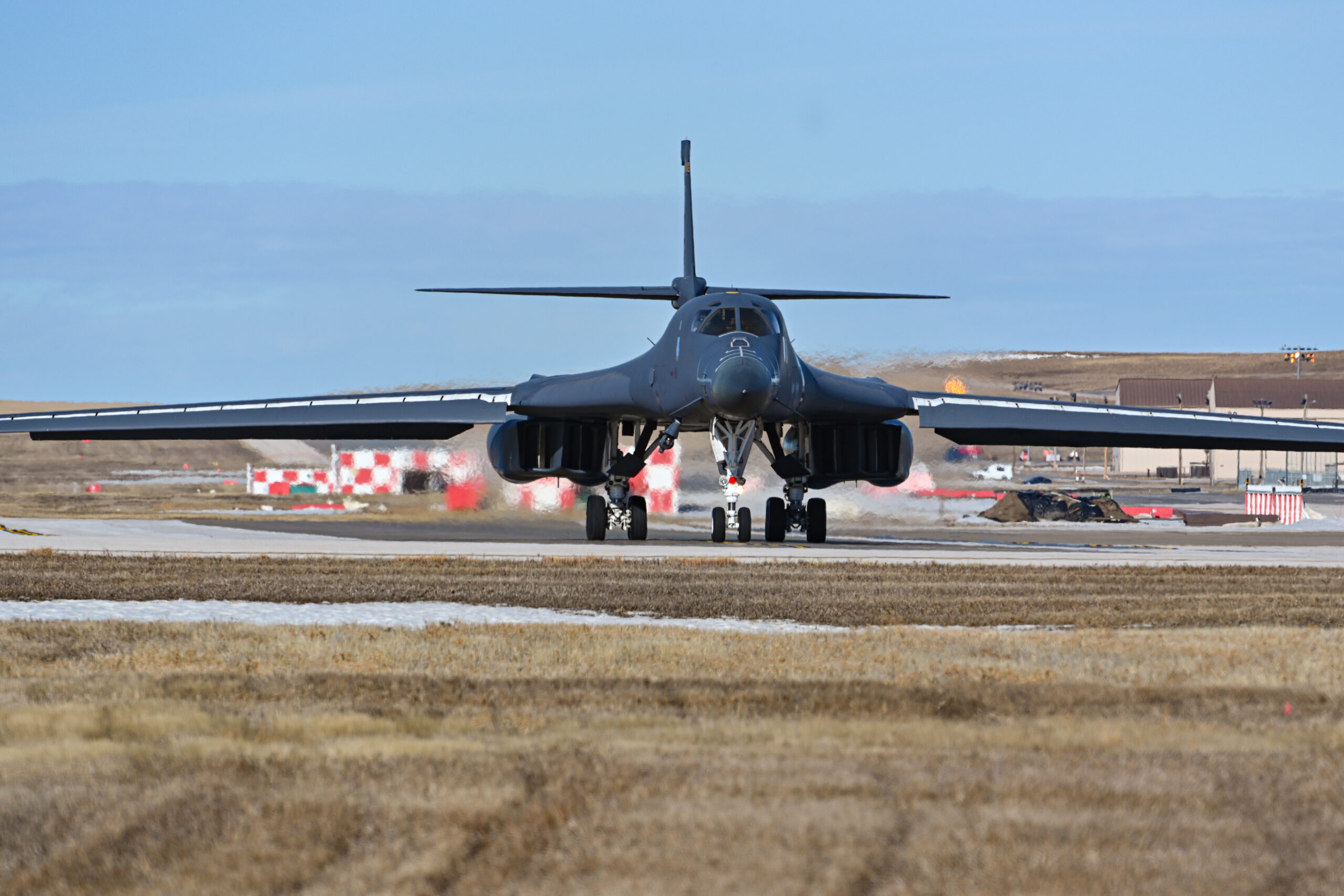


![Toxic legacies of warfare: Burn pits and other health hazards A ‘Ranch Hand’ UC-123 deploying a defoliant (either Agent White or more likely Agent Orange) to clear a roadside in central South Vietnam in 1966. [USAF]](https://euro-sd.com/wp-content/uploads/2025/07/Ranch-Hand_USAF-Kopie-218x150.jpg)

